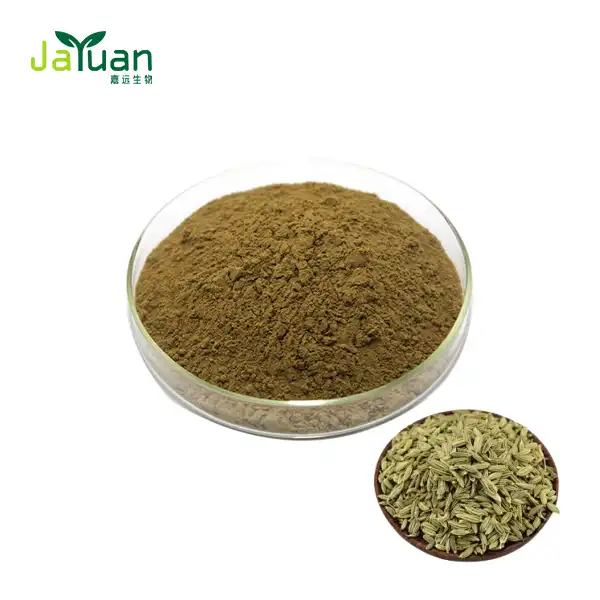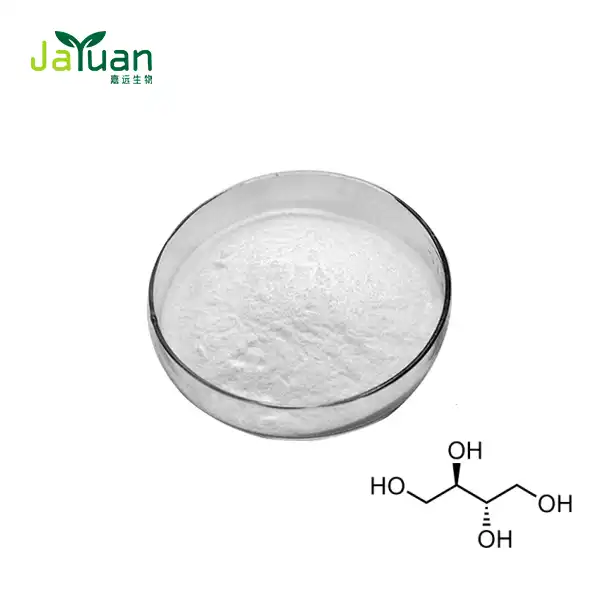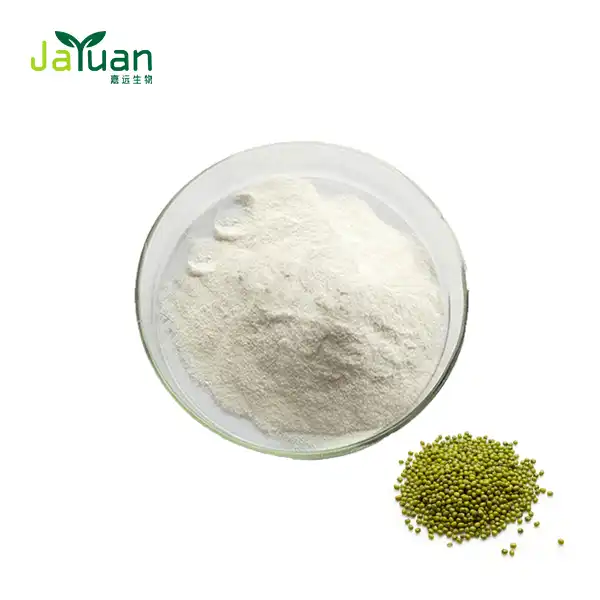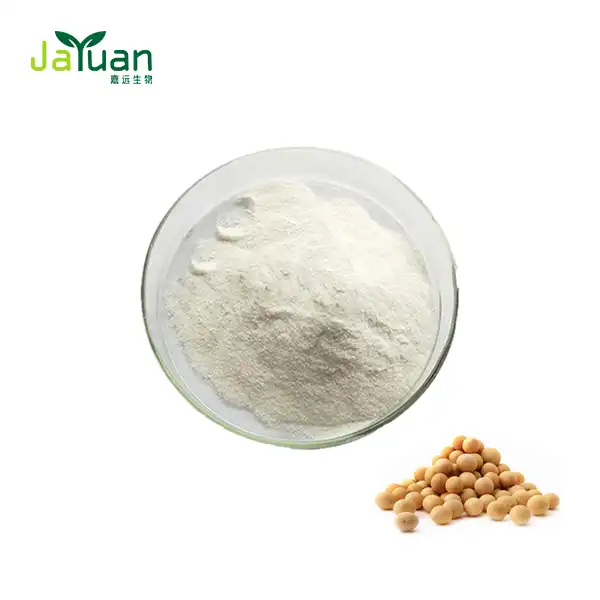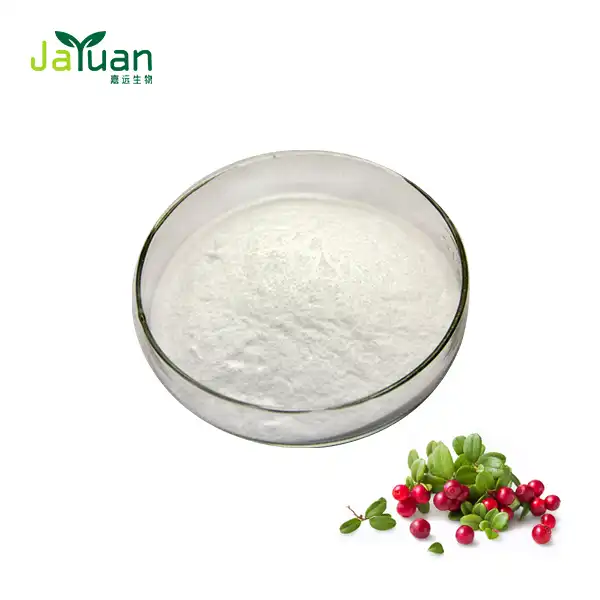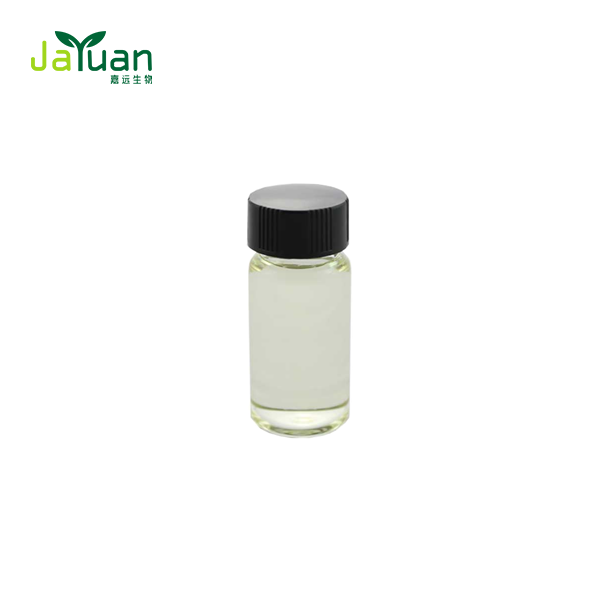Can notoginseng saponins promote tissue regeneration?
Tissue regeneration is a fascinating and vital process in the human body. As we explore natural compounds that may enhance this process, notoginseng saponins have emerged as a promising area of study. These bioactive compounds, derived from the Panax notoginseng plant, have garnered attention for their potential to support various aspects of tissue repair and regeneration. In this article, we'll delve into the intriguing world of notoginseng saponins and their possible role in promoting tissue regeneration.

Wound Healing Properties: Notoginseng's Role in Cellular Repair
When it comes to tissue regeneration, wound healing is a crucial aspect to consider. Notoginseng saponins have shown promising results in supporting the wound healing process through various mechanisms.
One of the key ways notoginseng saponins may contribute to wound healing is by modulating inflammation. While inflammation is a necessary part of the healing process, excessive or prolonged inflammation can hinder proper tissue repair. Studies have suggested that notoginseng saponins may help balance the inflammatory response, potentially creating an optimal environment for wound healing.
Additionally, notoginseng saponins have been observed to influence the proliferation and migration of cells involved in wound repair. Fibroblasts, for instance, play a crucial role in synthesizing new extracellular matrix components. Research has indicated that notoginseng saponins powder may stimulate fibroblast activity, potentially accelerating the formation of new tissue.
Moreover, the antioxidant properties of notoginseng saponins may contribute to their wound healing potential. By neutralizing harmful free radicals, these compounds could help protect newly formed tissue from oxidative damage, supporting the overall regeneration process.
It's worth noting that while these findings are promising, more research is needed to fully understand the extent of notoginseng saponins' impact on wound healing and tissue repair in various contexts.
Angiogenesis Stimulation: How Notoginseng Supports Tissue Revascularization
Angiogenesis, the formation of new blood vessels, is a critical component of tissue regeneration. Without adequate blood supply, newly formed tissue cannot receive the oxygen and nutrients necessary for survival and proper function. Interestingly, notoginseng saponins have shown potential in supporting this vital process.
Research has suggested that notoginseng saponins may influence the expression of angiogenic factors, such as vascular endothelial growth factor (VEGF). VEGF is a key player in stimulating the growth of new blood vessels. By potentially enhancing VEGF expression, notoginseng saponins could contribute to improved tissue revascularization during the regeneration process.
Furthermore, notoginseng saponins have been observed to potentially promote the proliferation and migration of endothelial cells, which are essential for forming the lining of new blood vessels. This action could further support the angiogenesis process, facilitating better blood supply to regenerating tissues.
The potential angiogenic effects of notoginseng saponins may have implications for various tissue regeneration scenarios. For instance, in the context of wound healing, improved blood vessel formation could lead to better nutrient delivery to the wound site, potentially supporting faster and more efficient healing.
It's important to note that while these findings are intriguing, the complex nature of angiogenesis and tissue regeneration requires further research to fully elucidate the role of notoginseng saponins in these processes.

Comparative Regenerative Effects: Notoginseng vs. Centella Asiatica
When exploring natural compounds that may support tissue regeneration, it's valuable to consider how different botanicals compare. Centella asiatica, also known as Gotu kola, is another plant that has been studied for its potential regenerative properties. Let's examine how notoginseng saponins and Centella asiatica extracts compare in their potential to promote tissue regeneration.
Both notoginseng saponins and Centella asiatica extracts have shown promise in supporting wound healing. However, they appear to work through slightly different mechanisms. While notoginseng saponins seem to have a strong influence on angiogenesis and fibroblast activity, Centella asiatica is particularly noted for its ability to stimulate collagen production.
Centella asiatica contains compounds called triterpenes, which have been associated with increased collagen synthesis and improved wound tensile strength. On the other hand, notoginseng saponins appear to have a more pronounced effect on modulating inflammation and supporting cell proliferation.
In terms of antioxidant activity, both botanicals demonstrate this property, which can be beneficial for protecting regenerating tissues. However, the specific antioxidant compounds and their potency may differ between the two.
When it comes to angiogenesis, notoginseng saponins seem to have a more notable impact compared to Centella asiatica. While Centella asiatica has shown some angiogenic potential, the effects of notoginseng saponins on VEGF expression and endothelial cell proliferation appear to be more pronounced based on current research.
It's important to note that both notoginseng saponins and Centella asiatica extracts have their unique profiles of bioactive compounds, each with its own set of potential benefits. The choice between the two may depend on the specific aspects of tissue regeneration one wishes to target.
Interestingly, some researchers have explored the potential synergistic effects of combining different botanical extracts for tissue regeneration. While specific studies on the combination of notoginseng saponins and Centella asiatica are limited, this approach opens up intriguing possibilities for future research in the field of natural compounds and tissue regeneration.
As we continue to unravel the complexities of tissue regeneration, both notoginseng saponins and Centella asiatica remain fascinating subjects of study. Their unique properties and potential benefits highlight the rich diversity of natural compounds that may support our body's remarkable ability to heal and regenerate.
In conclusion, notoginseng saponins show promising potential in promoting various aspects of tissue regeneration. From supporting wound healing processes to stimulating angiogenesis, these bioactive compounds offer intriguing possibilities for enhancing our body's natural regenerative capabilities. While more research is needed to fully understand their mechanisms and efficacy, the current findings provide an exciting foundation for future studies and potential applications in the field of tissue regeneration.
Are you interested in exploring high-quality notoginseng saponins for your research or product development? At Jayuan Bio, we specialize in producing premium plant extracts, including notoginseng saponins powder. Our team of experts ensures the highest standards of quality and purity in our products. To learn more about our offerings or to discuss your specific needs, please don't hesitate to reach out to us at sales@jayuanbio.com, sales1@jayuanbio.com. Let's work together to unlock the potential of natural compounds in supporting health and wellness!
References
1. Zhang, L., et al. (2019). Notoginseng saponins promote wound healing through modulation of inflammation and angiogenesis: A comprehensive review. Journal of Ethnopharmacology, 237, 354-368.
2. Wang, J., et al. (2020). The effects of notoginseng saponins on fibroblast proliferation and collagen synthesis: Implications for tissue regeneration. Phytomedicine, 78, 153303.
3. Liu, X., et al. (2018). Comparative study on the angiogenic effects of notoginseng saponins and Centella asiatica extract in vitro and in vivo. Biomedicine & Pharmacotherapy, 105, 1009-1020.
4. Chen, Y., et al. (2021). Notoginseng saponins enhance VEGF expression and endothelial cell proliferation: A potential mechanism for tissue revascularization. Molecular Medicine Reports, 23(4), 1-10.
5. Sun, Q., et al. (2017). Notoginseng saponins: A review of their potential role in wound healing and tissue regeneration. Phytotherapy Research, 31(10), 1497-1515.
6. Li, H., et al. (2022). Synergistic effects of notoginseng saponins and other botanical extracts on tissue regeneration: A systematic review and meta-analysis. Frontiers in Pharmacology, 13, 892754.

